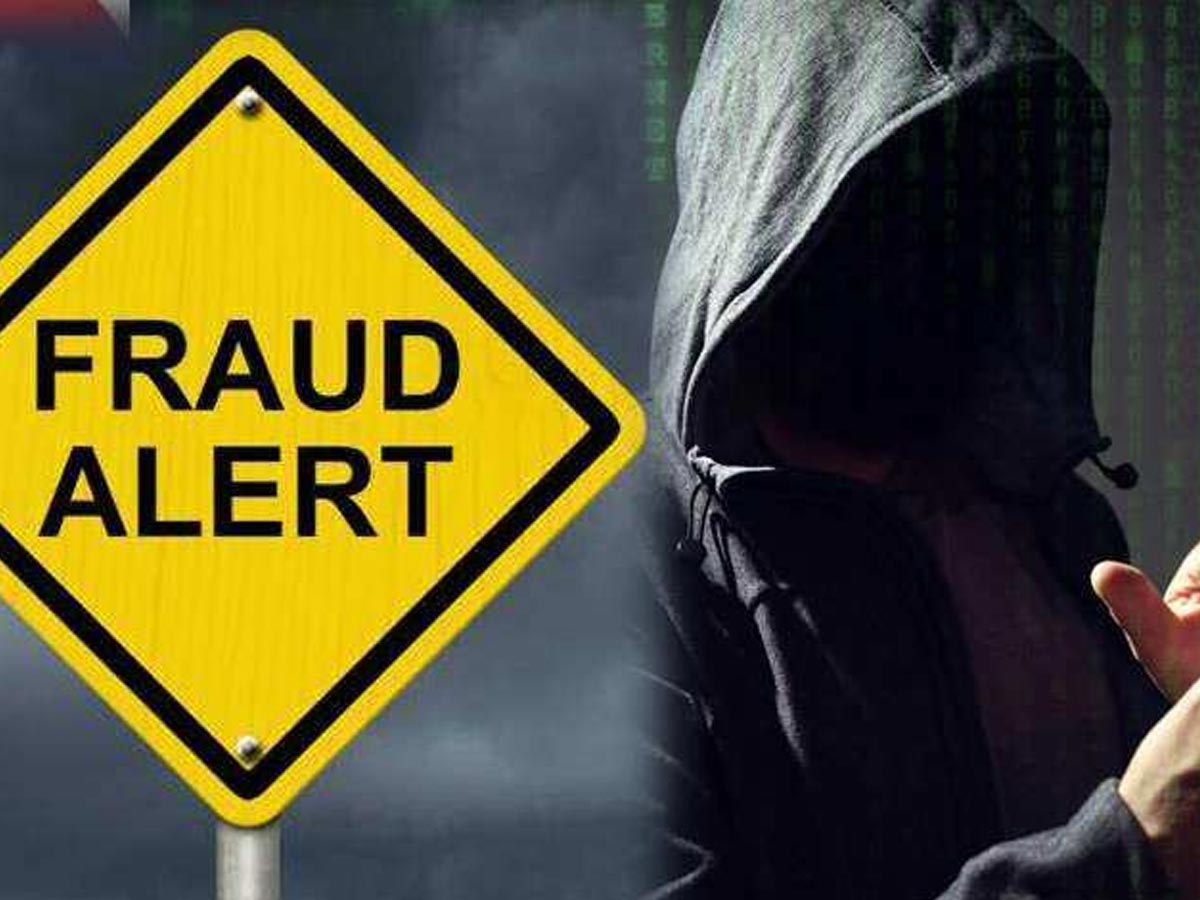UPI: What is QR code fraud? What you should do to not fall victim to it
In a QR code scam, the fraudster sends a QR code to an individual, claiming that money will be transferred to their account if they scan the code.
)
Unified Payments Interface (UPI) transactions have become an indispensable part of everyone’s lives. The ease of doing transactions has led to many people preferring UPI over other modes of payment. But with changes in technology, a number of UPI scams have also come up. QR code scams are one of them. Recently, a professor at the Indian Institute of Science, Bengaluru, fell victim to a QR code fraud while trying to sell his washing machine online. The professor was conned into scanning a QR code and Rs 63,000 was siphoned off from his account. With the number of QR code frauds on the rise, here’s what you can do to prevent yourself from falling victim to such
How does QR code fraud work?
The fraudster sends a QR code to an individual for a transaction. The victim is told that money will be transferred to their account if they scan the code. They are informed that they need to scan the QR code, enter the amount they want to receive and then type in the one-time password (OTP) they receive on their phone. When people enter the OTP, the money is deducted to their account.
Normally, QR codes are scanned for paying money, and not receiving it. The victims are fooled into thinking that scanning the QR code will help them receive money more easily.
How to stay safe from QR code fraud?
Ask for cash transactions: If you are selling a product on platforms like OLX, ask for cash transactions as far as possible.
Cross-check details: Always cross-check the details of an account before you transfer money. Make sure that the account holder’s name, account number and UPI ID are correct. Verification is a must, especially when you have to send money to people you don’t know.
Never scan QR code if you are receiving money: QR codes are to be scanned when you are sending money. Never scan a code when you have to receive money. It could be a scam.
Avoid scanning the code if it’s on a sticker: If a QR code looks like it’s a sticker covering another code, it means that the original QR code might have been tampered with. Never scan the QR code in such circumstances.
Don’t share OTP: Never share your one-time password or UPI ID with others. The same goes for bank account details. Scammers may use your OTP or other details to access your bank account.
Keeping these simple pointers in mind will help you avoid QR code scams and keep your bank account safe.
Get Latest Business News, Stock Market Updates and Videos; Check your tax outgo through Income Tax Calculator and save money through our Personal Finance coverage. Check Business Breaking News Live on Zee Business Twitter and Facebook. Subscribe on YouTube.
07:40 PM IST











 Finance Ministry lists 10 things that make UPI unique, says record 1,658 crore transactions processed in a month
Finance Ministry lists 10 things that make UPI unique, says record 1,658 crore transactions processed in a month UPI transactions possible for NRIs with international phone numbers: Follow these simple steps
UPI transactions possible for NRIs with international phone numbers: Follow these simple steps  Google introduces UPI Circle in India: What is it, how to use and all you need to know - Check details
Google introduces UPI Circle in India: What is it, how to use and all you need to know - Check details  Stock brokers to offer UPI-based fund blocking or 3-in-1 account to investors from February 1
Stock brokers to offer UPI-based fund blocking or 3-in-1 account to investors from February 1  Want to make UPI payments without internet? Follow these steps
Want to make UPI payments without internet? Follow these steps